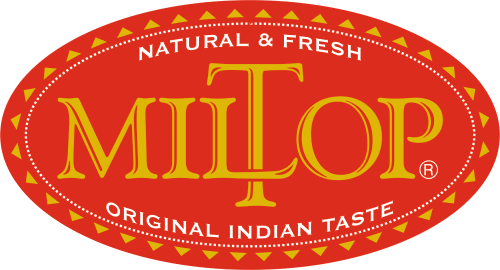Description
Rosemary also known as Garden Rosemary is native to the Mediterranean area. A member of the mint family, it is an evergreen shrub also related to basil, marjoram, and oregano. It is usually found growing by the ocean, and its Latin name equates to “dew of the sea.” It is a woody, perennial herb with fragrant evergreen needle-like leaves. It contains:
• Bitter Principle • Resin • Tannic Acid
The fresh and dried leaves are used frequently in traditional Mediterranean cuisine; they have a bitter, astringent taste, which complements a wide variety of foods. A tisane can also be made from them. When burned they give off a distinct mustard smell, as well as a smell similar to that of burning which can be used to flavor foods while barbecuing.
• Rosemary is extremely high in iron, calcium, and Vitamin B6.
The results of a study suggest that carnosic acid, found in rosemary, may shield the brain from free radicals, lowering the risk of strokes and neurodegenerative diseases like Alzheimer’s and Lou Gehrig’s. Rosemary contains a number of potentially biologically active compounds, including antioxidants such as carnosic acid and rosmarinic acid. Other bioactive compounds include camphor (up to 20% in dry rosemary leaves), caffeic acid, ursolic acid, betulinic acid, rosmaridiphenol, and rosmanol. It acts as tonic, astringent, diaphoretic, stimulant. Oil of Rosemary has the carminative properties of other volatile oils and is an excellent stomachic and nervine, curing many cases of headache.
Rosemary is indeed a versatile, aromatic herb. It is used in a wide variety of dishes, including fruit salads, soups, vegetables, meats (especially lamb), fish, eggs, stuffing’s, dressings, and even desserts.


